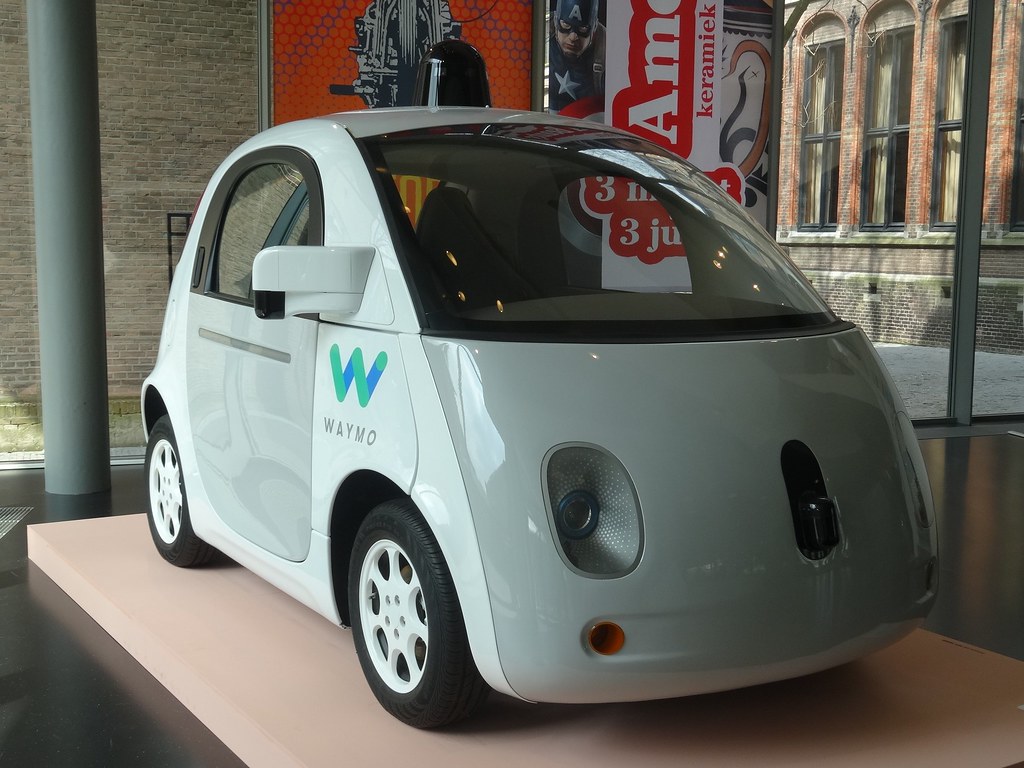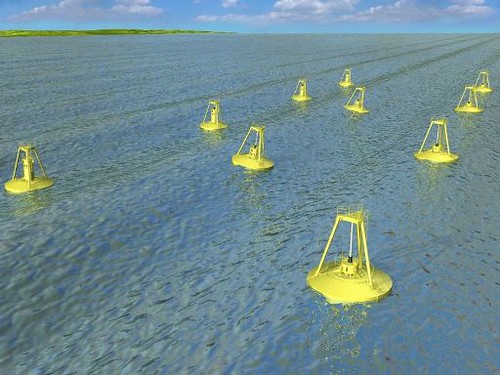The streets of Los Angeles and select areas of the San Francisco Peninsula are set to witness a futuristic leap in transportation, as Waymo, Alphabet’s pioneering autonomous vehicle unit, secures the nod from the California Public Utilities Commission (CPUC) to launch its robotaxi service. This development heralds a significant milestone for Waymo, allowing it to charge passengers for rides and marking a pivotal expansion in the realm of driverless mobility. The decision, effective immediately, comes despite a chorus of opposition from local entities and after a suspenseful pause in February, raising eyebrows and fueling debates on public safety and urban policy dynamics.

The CPUC’s approval did not come lightly. The regulator’s acknowledgment of receiving protest letters from notable quarters, including the City of South San Francisco, the County of San Mateo, and the Los Angeles Department of Transportation to name a few, underscores the myriad concerns shadowing this technological advance. Critiques ranged from job displacement fears among taxi workers to apprehensions about the autonomous vehicles’ integration with urban ecosystems. Moreover, the brief suspension of Waymo’s expansion efforts earlier this year, following a recall prompted by misjudged software responses, added layers of scrutiny to the approval process.
Yet, amidst the cacophony of concerns, Waymo’s commitment to a phased and collaborative approach to its service rollout in Los Angeles, as stated by spokesperson Julia Ilina, hints at a conscientious effort to harmonize innovation with urban livability. The company’s decision to hold off immediate expansion in San Francisco further reflects a measured stride towards broader adoption. This calculated approach, coupled with the substantial backing from various organizations and individuals, suggests a nuanced dialogue between technological progress and societal adaptation.
The CPUC’s decision also unfolds against a backdrop of mixed sentiments towards autonomous vehicles across California. Recent incidents involving competitor Cruise and the broader discourse on the safety and ethics of driverless transportation pepper this narrative with cautionary tales. Yet, Waymo’s advancements, including an updated Passenger Safety Plan and a history of extensive testing, position the company at a promising intersection of innovation and safety.
As Waymo’s robotaxis gear up to navigate the bustling streets of Los Angeles, the venture into this new frontier of urban mobility carries with it the weight of proving the viability and safety of autonomous vehicles. The journey ahead is undoubtedly fraught with challenges and public scrutiny. However, the potential for transformative impacts on urban transportation, accessibility, and environmental sustainability fuels the anticipation.
Waymo’s green light to deploy its robotaxi service in Los Angeles is more than a regulatory approval; it’s a testament to the evolving relationship between technology and urban living. As the city braces for this novel chapter, the unfoldment of Waymo’s venture will be a litmus test for the future of autonomous urban mobility, balancing innovation with the imperative of public trust and safety.
Related posts:
Waymo gets approval to deploy its robotaxi service in Los Angeles
Waymo approved by regulator to expand robotaxi service in Los Angeles, San Francisco Peninsula
Waymo gets approval to deploy its robotaxi service in Los Angeles





